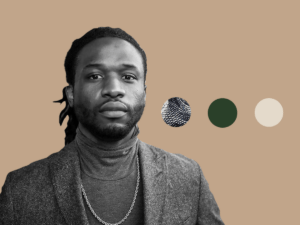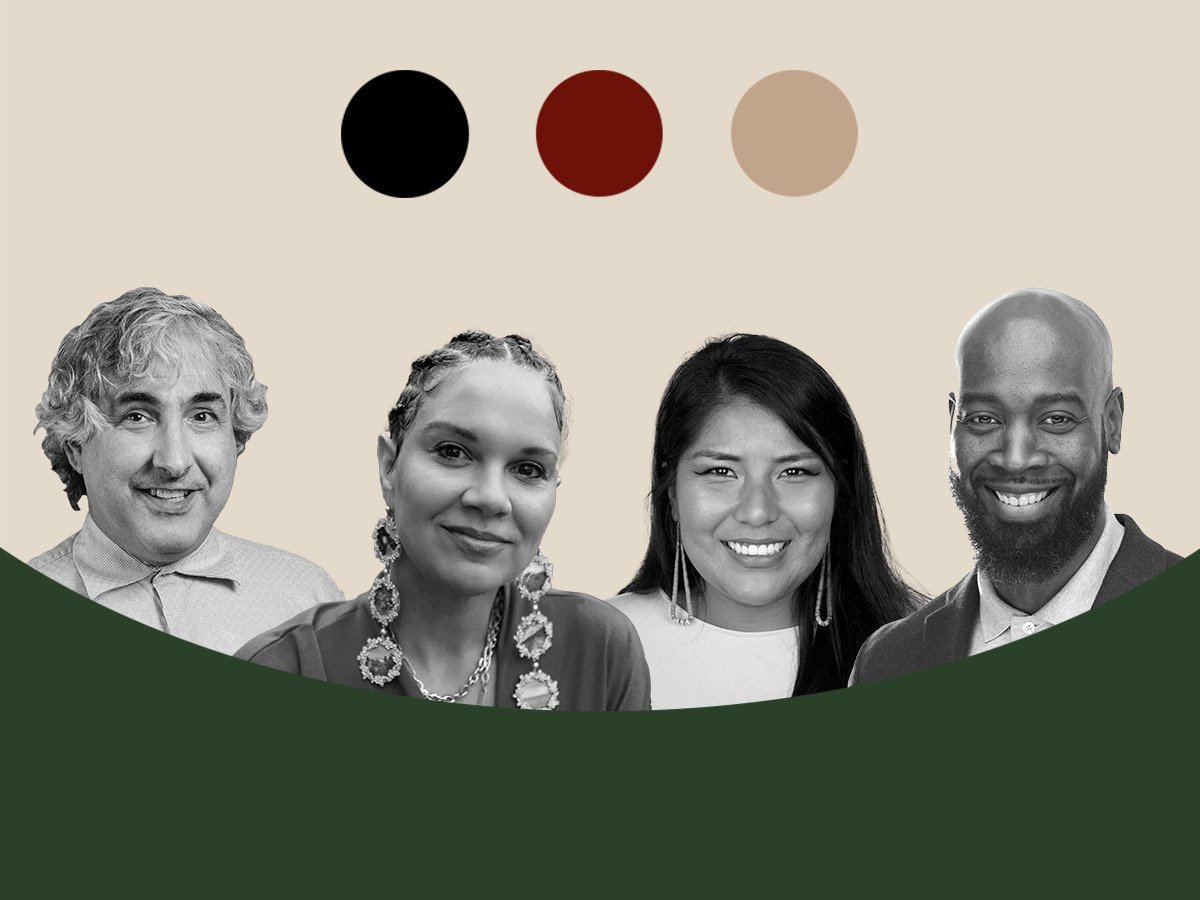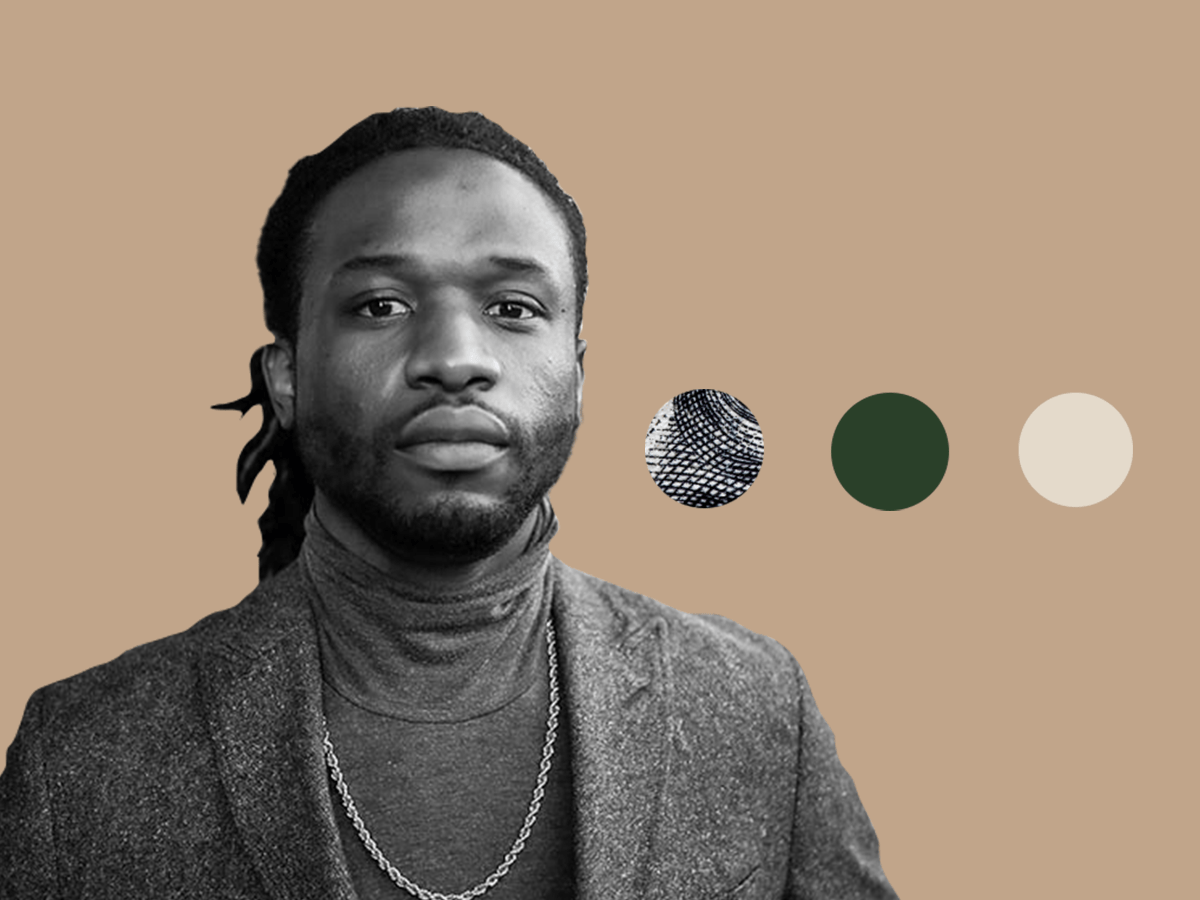
September 22, 2020; NiemanLab
A few years ago, the Institute of Nonprofit News (INN) estimated that only eight of its 100 member organizations were led by people of color. Now, it says 60 out of an expanded membership of 285 are so led. That is a significant shift, but as Sarah Scire reports for NiemanLab, if you dig a little deeper, the field is far from being as diverse as the audiences that nonprofit media purport to serve.
To its credit, INN, the nonprofit media trade association (full disclosure: NPQ is among its members) is quite open about the field’s shortcomings. In the foreword to the report, Sue Cross, the organization’s executive director, writes, “We talk about diversity, equity and inclusion (DEI) as essential to our mission, but how do we measure up? This study is a reality check, and we hope an inspiration for nonprofit news organizations to do more to reflect the diversity of their communities, fight racism and build inclusive audiences.”
A total of 117 nonprofit news organizations—roughly half of the Institute for Nonprofit News’ membership—reported on the diversity of their staffs in 2019. Surveys were completed in February and March 2020.
Here are some basic numbers: Of executives, 81 percent are white, nine percent are Latinx, six percent are Black, four percent are Asian or Native American, Middle Eastern, or multiracial. Of staff, 68 percent are white, nine percent are Latinx, nine percent are Black, six percent are Asian American, and eight percent are Native American, Middle Eastern, or multiracial. Of board members, 76 percent are white, eight percent are Black, seven percent are Latinx, four percent are Asian American, and five percent are Middle Eastern, Native American, or other.
As for gender, the survey did find that women played a large role in nonprofit media, with 54 percent of all executives and 60 percent of staff being female. Board members are 43 percent female.
Sign up for our free newsletters
Subscribe to NPQ's newsletters to have our top stories delivered directly to your inbox.
By signing up, you agree to our privacy policy and terms of use, and to receive messages from NPQ and our partners.
In terms of diversity, some areas of concern highlighted in the report include the following:
- More than half of all nonprofit outlets have either no people of color or “only a small percentage” within their ranks.
- More than two-thirds do not have a single person of color in leadership at the executive level.
- More than a third said they have done “little or nothing” to address inclusion, equity, or diversity within their organizations.
- Only one-fourth of the outlets say their staff reflects the racial and ethnic makeup of their community to a great or very great extent. The most underrepresented groups on their staffs are Black, Latinx, and Asian American.
The report specifically cites retention as a problem, but in an interesting twist, it looks like the newer the endeavor is, the more diverse it is:
Four out of 10 news nonprofit hires in 2019 were of people of color, including 15 percent Black and nearly 10 percent each [Latinx] and Asian. In theory, that rate would help the field increase overall diversity from the current share. However, nonprofit outlets also saw employees of color depart in significant numbers, so net gains are smaller. For example, outlets hired a total of 41 Black employees but 27 left; they hired a total of 27 [Latinx persons] but 23…left. In comparison, organizations surveyed hired 153 white employees in 2019, and saw 89 depart.
[…]
Diversity also may be gaining as a growing number of outlets launch, many at the local level. Among 24 outlets in the sample that launched in 2017–2019, 10 reported that people of color made up 40 percent or more of the staff. Only two of 24 organizations in the sample that launched from 2013 to 2016 had a similarly high percentage of people of color.
In the same way this field has done increasingly sophisticated work on the enterprise models in use among its members, it may need to invest more investigative effort into the specifics of the dynamics that produce relative stagnancy in this realm. If this sector is to host this field, it should do so with a far higher set of standards on this core concern than the mainstream press have evinced.—Steve Dubb













